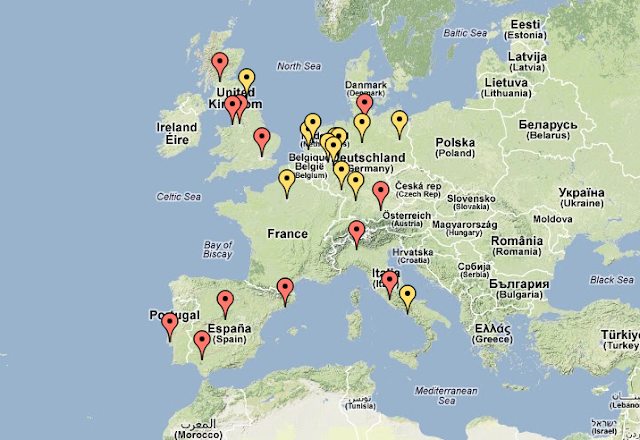Clearly the inner core is red. Salford East (11,000); Manchester Blackley (12,500); Manchester Central (18,000); Manchester Gorton (16,000); Manchester Withington (9,000); Stretford (11,000). These are the five inner-most seats with the difference between the Labour and the Tory vote in brackets.
But it's not a simple case of a Labour core and a Tory periphery. Manchester Withington had been held by the Tories from 1931 until as recently as 1987.
Labour's biggest strongholds were on the outskirts:
- Wigan (22,000), Leigh (19,000) and Makerfield (18,000) in the far west
- Worsley (10,000), Eccles (13,000) and Bolton South East (12,500) in the near west
- Ashton-under-Lyne (11,000), Denton & Reddish (12,000) and Stalybridge & Hyde (15,000) in the east
- Heywood & Middleton (8,000), Oldham West (8,000) and Oldham Central & Royton (8,000) in the north/north-east
- Manchester Wythenshawe (10,000) in the south
MORE TO FOLLOW...
[Notes...]
Cheadle was Tories (32,500), Lib Dems (16,700), Labour (6,400). This is of course only the tip of the Cheshire iceberg, now split into Cheadle (8) and Hazel Grove (11) in the south-east corner of the map.
The south-west corner is also strongly Tory here. Altringham & Sale (1) was Tories (29,000), Labour (12,200), Lib Dems (11,600).

